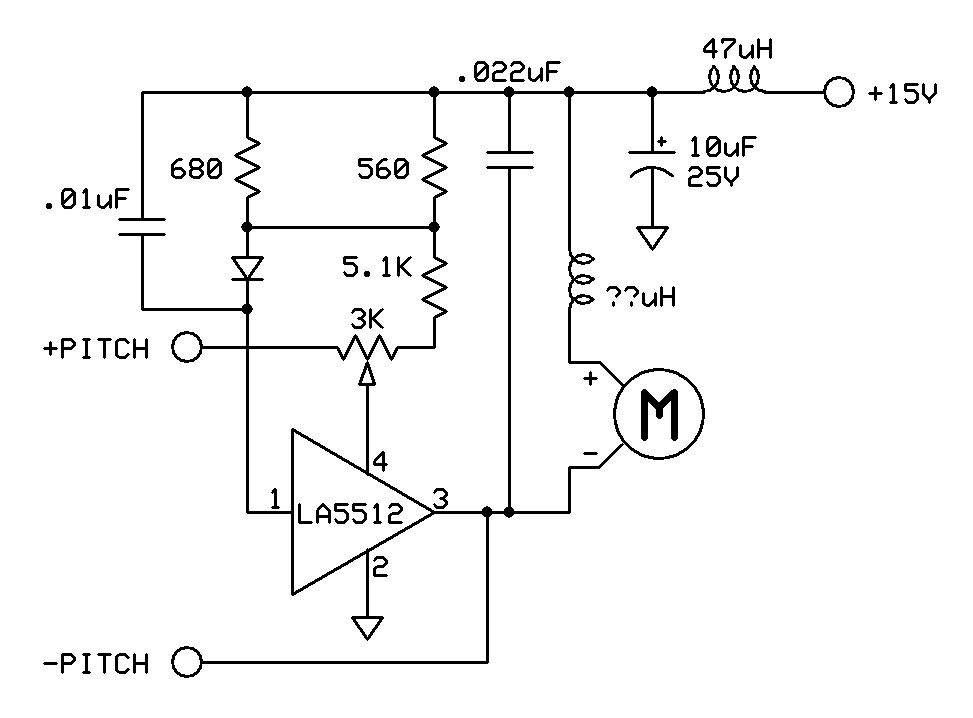I'll try to translate to schematic when I get a chance. I also want to ask you what you think about that small resistor tacked on below. Does it appear to be a retrofit adjustment to the circuit? I find it weird that resistors of different types or wattages would be paralleled like that. Typically speaking, when manufacturers design a product and they need a specific value, they get them custom made if they aren't a normal off the shelf value. To parallel a couple of resistors to come up with a value seems doubtful, especially since there are only so many possible values combinations before you need to combine 3 or more to arrive at a weird "critical" value. 560+680 comes up to 307r. 270, 300 and 330 ohm resistors are common values which makes it seem suspicious, especially when there is also a pot in series --somehow seems fishy to me. After all, if 307R was the desired value, I find it unfathomable that 300R would not work. Even 270 or 330 should be acceptable in my opinion. Now on the other hand, if this was an attempt to alter the resistance in order to speed up or slow down the motor as a retrofit attempt, then that scenario does seem plausible. Since no circuit diagram exists for that pcb, it is important that we trust the design or layout in its current condition.
Therefore when you look at it, what are your thoughts ? Does it look "original "?










 Well, color me blind. And all this time, I thought that the "new" chip was already installed and it was still doing the same thing. No wonder it's not working right -- the same cast of suspicious characters are still there.
Well, color me blind. And all this time, I thought that the "new" chip was already installed and it was still doing the same thing. No wonder it's not working right -- the same cast of suspicious characters are still there.